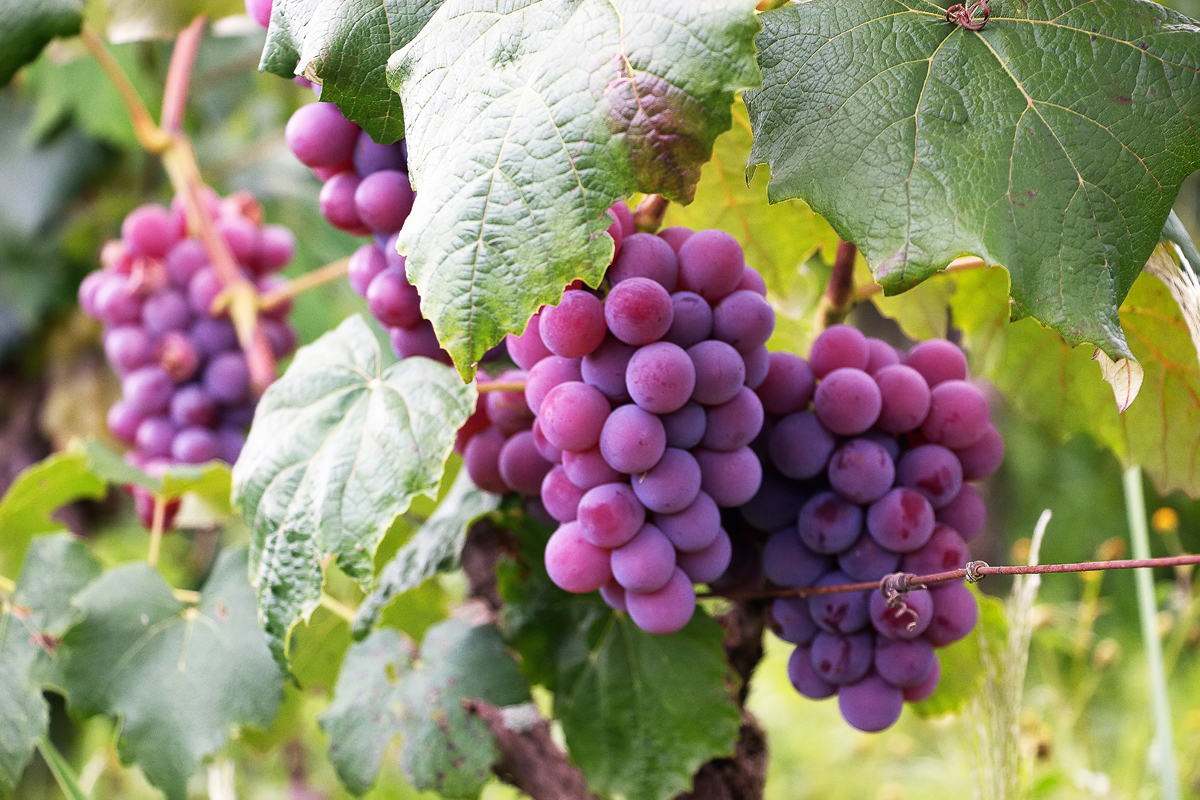The first step in grape planting involves assessing the climate and soil composition of your property. Then comes selection of the cultivars most suited to your location’s prevailing conditions. After all the initial preparations, you are now finally going to do some real grape planting. How very exciting! I hope the information here will help you to understand the process of vine propagation and grape planting.
If this is your first grape planting season, you will most likely be using grape stocks from nurseries specializing in grape plants. Make sure you choose a reputable nursery. To ensure your grape planting stocks arrive on time, order them at least six months, if not a year, in advance.
Now, how do you choose the most viable vines for grape planting to ensure they will thrive? Well, the secret is to choose healthy looking plants that are about a year old, with well-developed, fibrous root systems. Avoid two-year old plants, as they are probably less vigorous vines from the previous season that needed an extra year to develop. These will most likely struggle in your vineyard.
Other methods of propagation for grape planting include growing plants from your own hardwood cuttings, layering from an existing plant and grafting to establish a cultivar on different root stocks. These methods of grape planting are for additional or replacement plantings where you already have existing plants to work with.
To grow grape plants from hardwood cuttings, select straight, mature, healthy, vigorous one-year old canes. Green canes are not suitable, as they will rot (instead of root)! You can save the mature canes from when you prune your vines. (Pruning is one of the maintenance procedures in grape planting and is covered in another article.) The canes should be about the thickness of a pencil and have 4 well-developed buds about 2-3 inches apart. 8- to 12-inch long cuttings are optimum. Use a pair of sharp secateurs to cut the cane to about an inch above the top bud and just below the bottom bud. Although the cane knows its top from bottom, it makes your grape planting process easier if you make the top cut flat and the bottom cut slanting!
Outdoor grape planting from hardwood cuttings should be done in spring when the ground has become warm and the risk of frost has passed. Take cuttings in early spring, just before spring growth to reduce susceptibility to frost. Follow the step-by-step process below for growing hardwood cuttings:
1) Choose a warm sheltered spot on your property to use as your grape planting nursery. Prepare the soil by digging a V-shaped trench about 8-12 inches deep. Keep one wall of the trench vertical so it is easier to stand the canes upright.
2) Fill the bottom of the trench with about 2 inches of coarse sand.
3) Dip the bottom end of your grape planting cuttings in water and then into rooting powder before placing them about 5-6 inches apart in the trench, with the bottom end in the sand.
4) Fill the trench and firmly press down the soil around the cutting until only the top bud is showing above the ground.
5) If growing more than one grape variety, label the planted cuttings so you know what grape varieties you have planted!
6) Make sure your grape planting nursery is kept free of weeds and the moisture level is optimal.
Properly cared for cuttings will start growing in a few weeks, although roots may take a little longer to develop. Dig out your rooted cuttings in the fall and store in moist conditions at 34 degrees F. They can then be planted in their permanent positions the following spring so they can settle in before temperatures soar in summer.
You can also take cuttings in the fall when the vines have shed all their leaves and are dormant. Although this allows for quicker planting out, there are some extra steps to take to simulate winter and prepare for growth.
Vine propagation is only the beginning of the grape planting process. There will be specific maintenance work to do in each of the seasons that follow. However, that is beyond the scope of this article. Stay tuned for future useful information on grape planting and wine making.
The Author:
Frank de Luca is a grape growing expert. Frank de Luca, is an ex-pat American living in Auckland New Zealand and has had what he terms a “25 year apprenticeship in the wine industry.” Last year Frank decided to head to where he says are “the best white wines in the world”… in New Zealand.
